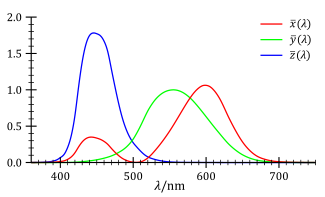Enterprise Resource Planning (ERP) SYSTEMS
Systems used to integrate internal and external management of information across an entire organization—embracing finance/accounting, manufacturing, sales and service, customer relationship management, etc. ERP systems automate this activity with an integrated software
application. ERP facilitates information flow between all business
functions inside the organization, and manages connections to outside
stakeholders.
Origin of "ERP"
In 1990 Gartner Group first employed the acronym ERP as an extension of material requirements planning (MRP), later manufacturing resource planning and computer-integrated manufacturing.Expansion
ERP systems initially focused on automating back office functions that did not directly affect customers and the general public. Front office functions, such as customer relationship management (CRM), dealt directly with customers, or e–business systems such as e–commerce, e–government, e–telecom, and e–finance—or supplier relationship management (SRM) became integrated later, when the Internet simplified communicating with external parties.



